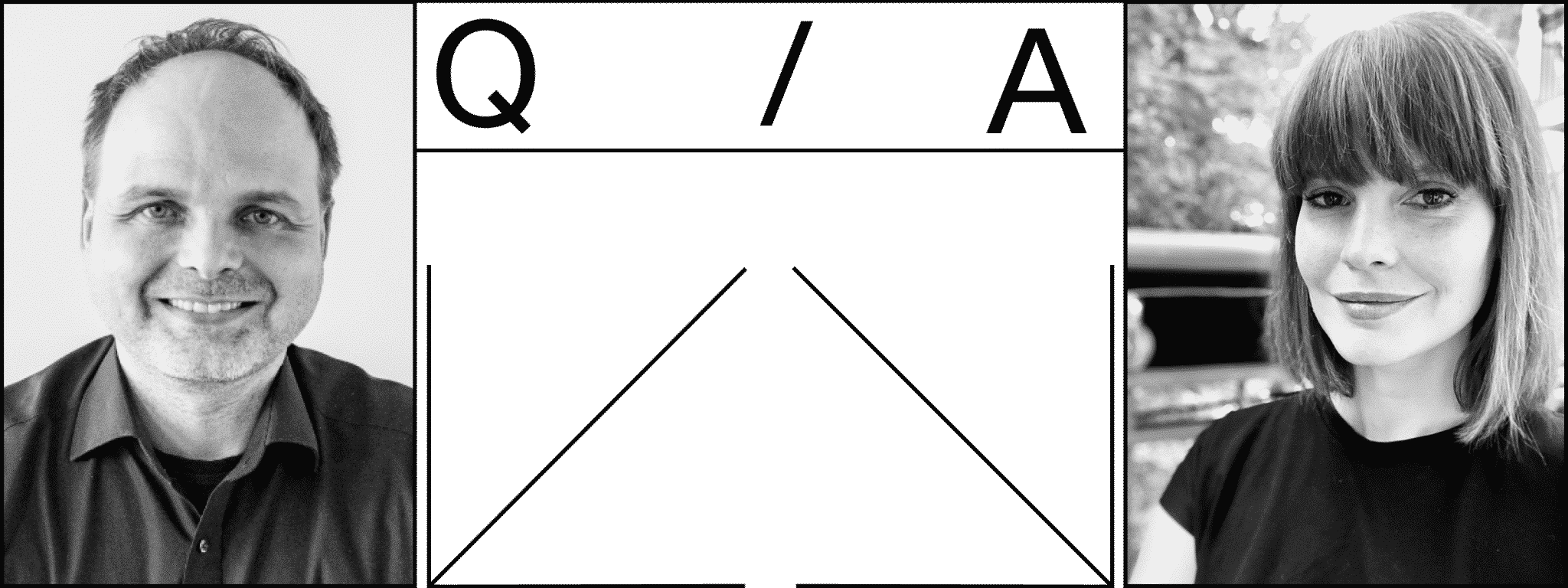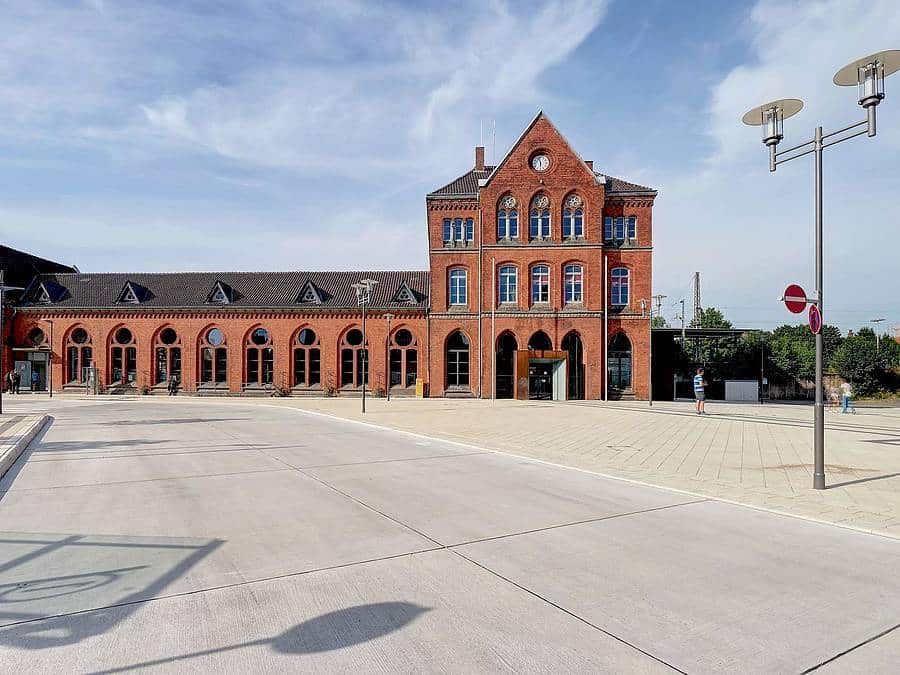
Category
Architects ask
FORMLINER lets architects take a peek at each other’s cards: Torben Wadlinger of gup Architects asked Julia Mann of COMPENDIUM BIM + Cybernetics about her role as a BIM manager.

WADLINGER
Ms. Mann, you were an architect before you became a BIM manager. When did you realize that you wanted to make a change and how did you arrive at your current employer?

Mann
I entered the profession with great role models and expectations in mind. I was aware that, throughout history, tasks and sub-areas of architecture have always adapted to social and economic developments. In my professional life, I quickly noticed the enormous amount of information and documentation that projects now require.
In my first BIM project, it was agreed with the departments involved to bring in an experienced external BIM coordinator. I found the daily planning and the higher-level processes particularly exciting: To conceptualize and optimize the information flow, documentation and interdisciplinary coordination. I quickly realized that I couldn’t pursue such a project in addition to my daily work. Plus, I wanted to fully commit to the topic of BIM. COMPENDIUM was founded in 2018 with exactly this focus. So for me, the change was a logical step.
WADLINGER
In your dual role as BIM manager/coordinator, you have to coordinate architects, specialist engineers, building owners and general contractors. A digital BIM process is a new experience for most of those involved. How do you perceive this transformation and how, in your experience, do those involved deal with it?

Mann
When I enter a project, I experience different starting scenarios. In some projects, the BIM process starts before planning even begins. The advantages of the BIM process then become apparent from the performance phase 2: Coordination is accelerated and problems are revealed at a time when they can still be solved well and without significant cost or time lost.
Any lacking experience in BIM on the part of those involved can be expanded without great difficulty: everyone grows with the process.
Other projects only start with BIM in phase 3. In part, already modeled areas must be adapted to the requirements of the BIM process or newly created. Here I occasionally experience a few frustrating moments with those involved. But even in this scenario, the involved parties gain extensive experience in BIM and quickly experience the greater planning quality of their own performance and that of others.
WADLINGER
The Corona crisis is a particular challenge and has certainly also changed the planning meetings. You live in Hamburg, but your workplace is in Frankfurt. How has working in a team changed?
Mann
Before the Corona crisis I travelled at least two days a week. This left little time for the questions of the individual parties involved. By switching to video conferences, I can say: every project has benefited, without exception. Every participant can share his screen and present with his own software. This way, all the information is always accessible. Even after the Corona crisis, I believe that digital planning meetings will remain an important part of the coordination process, which will evolve enormously as a result.


